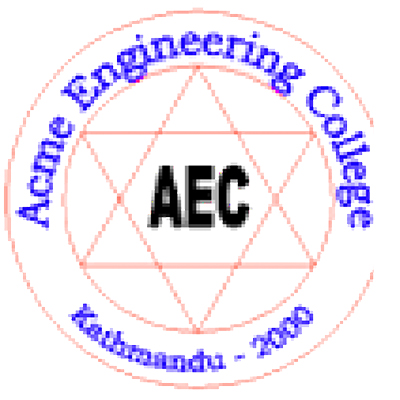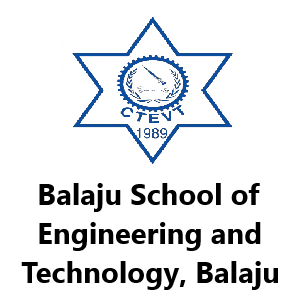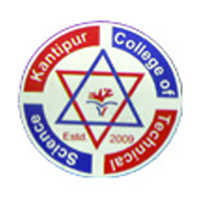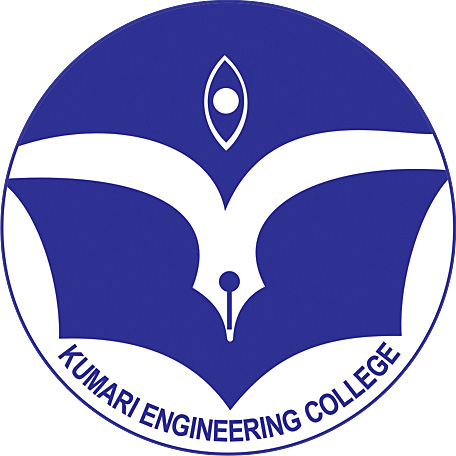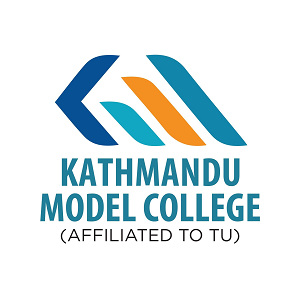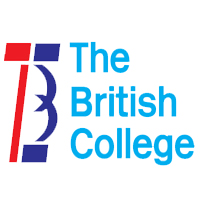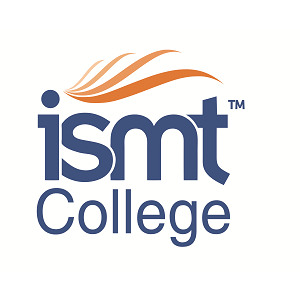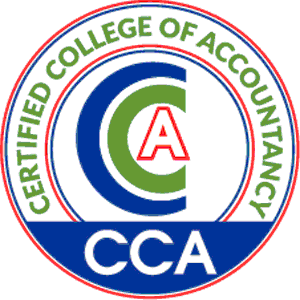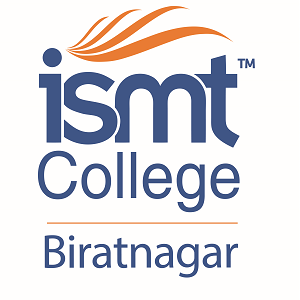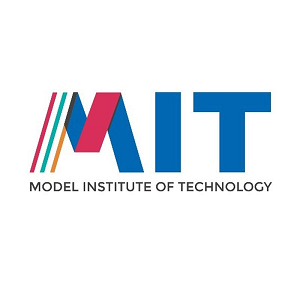Overview
Diploma in Electrical and Electronics Engineering at Kathmandu Institute of Technology (KIT)
The Diploma in Electrical and Electronics Engineering offered at Kathmandu Institute of Technology (KIT), Dhapasi, Kathmandu, is a three-year program affiliated with the Council for Technical Education and Vocational Training (CTEVT), Nepal.
This course is for students who want to understand how electricity, electronics, and control systems work—and how to apply that knowledge in practical settings.
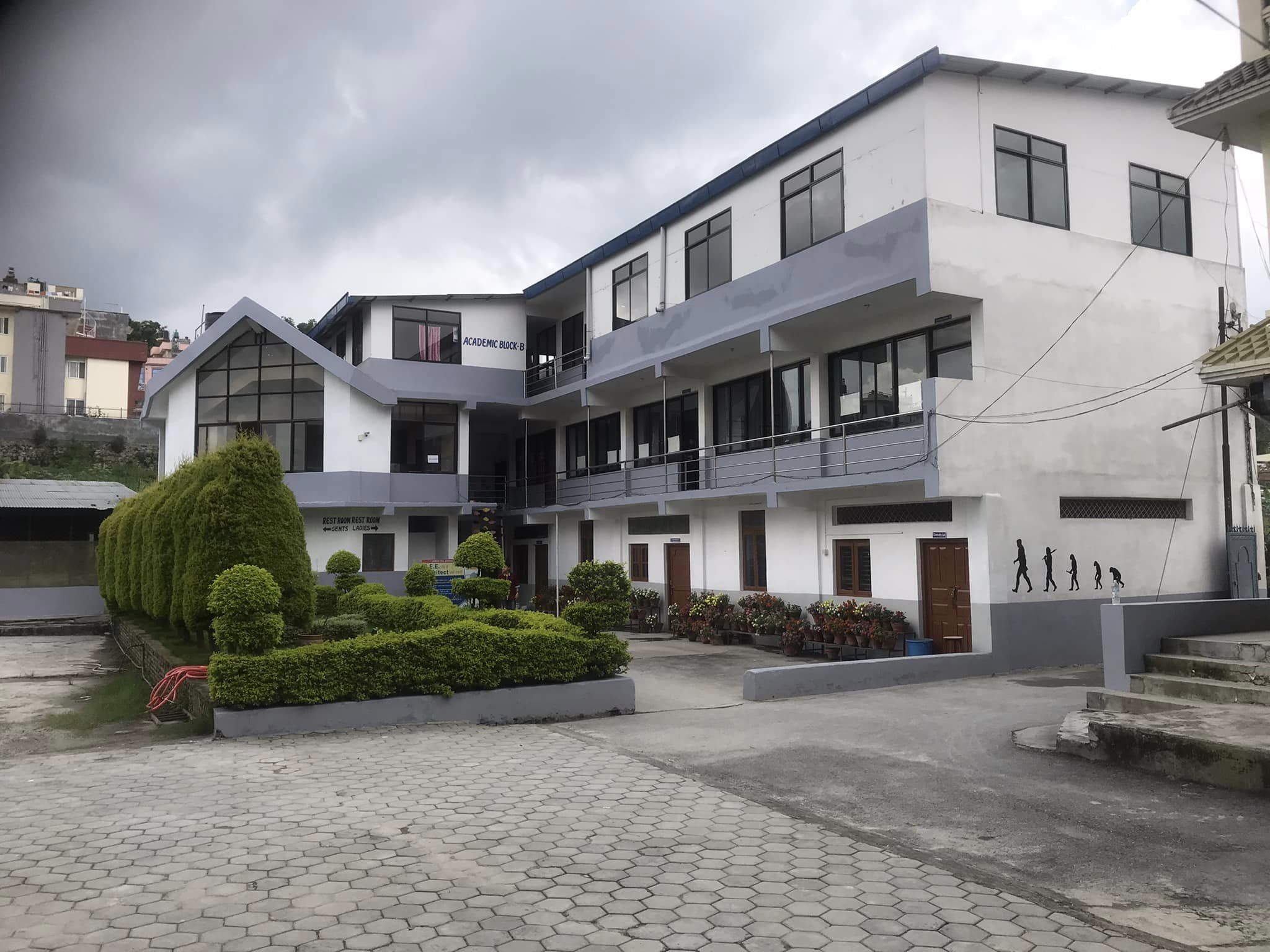
Introduction to the Program
This course combines the study of electricity and electronics. Students learn how electrical machines operate, how circuits are constructed, and how electronic devices are utilized in everyday life and industry. Learning takes place in both classrooms and well-equipped labs, where theory is put into practice.
From the first semester, students are introduced to real-world tasks, such as assembling circuits, measuring current and voltage, and handling components, while gradually gaining an understanding of how different systems work together.
Curriculum and Course Content
The course is based entirely on the official CTEVT syllabus. Across six semesters, students study a variety of subjects, including:
-
Electrical circuits
-
Electrical machines
-
Analog and digital electronics
-
Microcontrollers and embedded systems
-
Control systems and instrumentation
-
Communication technologies
-
Solar and renewable energy
-
Technical drawing and engineering math
-
Final project and industrial training
A printed syllabus is provided at the beginning of the course.
Duration and Seats
The diploma takes three academic years to complete, divided into six semesters. At KIT, only 48 students are admitted per intake for this course, as per CTEVT rules. This helps maintain better classroom interaction and ensures each student gets the attention they need.
Eligibility Criteria
To apply for this program, applicants must meet either of the following requirements:
-
Completion of SEE or equivalent with GPA 1.6 or higher, and a minimum D+ in English, Mathematics, and Science
-
Completion of a CTEVT-recognized TSLC/Pre-Diploma in a related field with at least 68.33% total marks
Students who meet these criteria must also pass the CTEVT entrance examination.
What You Will Learn
By the time students complete this course, they will be able to:
-
Understand and apply electrical and electronic principles in real tasks
-
Identify and solve problems related to power supply and circuit failures
-
Handle tools and measuring instruments with safety and accuracy
-
Install and repair electrical equipment
-
Work with digital and analog systems
-
Document their work and communicate technical ideas clearly
-
Participate in projects and collaborate in team settings
Where This Course Can Lead
After graduation, students are ready to begin their careers in different sectors. They can work in:
-
Electrical companies and power supply organizations
-
Electronics repair and service centers
-
Telecommunication companies
-
Solar and renewable energy projects
-
Manufacturing industries
-
Technical departments in public or private institutions
Some common job roles include:
-
Electrical Technician
-
Electronics Repair Assistant
-
Control System Technician
-
Panel Board Assistant
-
Solar System Installer
-
Electrical Maintenance Worker
Students who wish to continue their education can apply for bachelor-level engineering courses later.
Fee Structure
The fee for this course is based strictly on the amount set by CTEVT. KIT does not charge beyond the official rate. For the exact fee details, students or guardians may contact the college administration during working hours.
Teaching and Learning at KIT
Teaching is conducted through a combination of lectures, laboratory work, demonstrations, and practical exercises. Students attend regular classes and are encouraged to take part in group discussions, field visits, and project assignments. The final semester includes both a technical project and workplace-based training.
All teaching materials and methods follow CTEVT guidelines. The instructors at KIT are experienced and approachable. They help students understand both the subject and the real expectations of the workplace.
Scholarships
Scholarship opportunities are available based on CTEVT's entrance exam system. KIT follows the rules and seat allocation published each year by CTEVT for both full and partial scholarships. Students from various backgrounds are encouraged to apply.
Why Study This Course at KIT?
KIT has been offering technical education since 2057 B.S. The campus is known for its learning-friendly environment and practical teaching approach. Students have access to required lab equipment, project spaces, and technical support. Since the program is directly linked with national standards, the diploma is widely accepted in both the public and private sectors.
KIT also values student development beyond textbooks—encouraging teamwork, punctuality, discipline, and clear communication, all of which are essential in the workplace.


